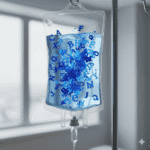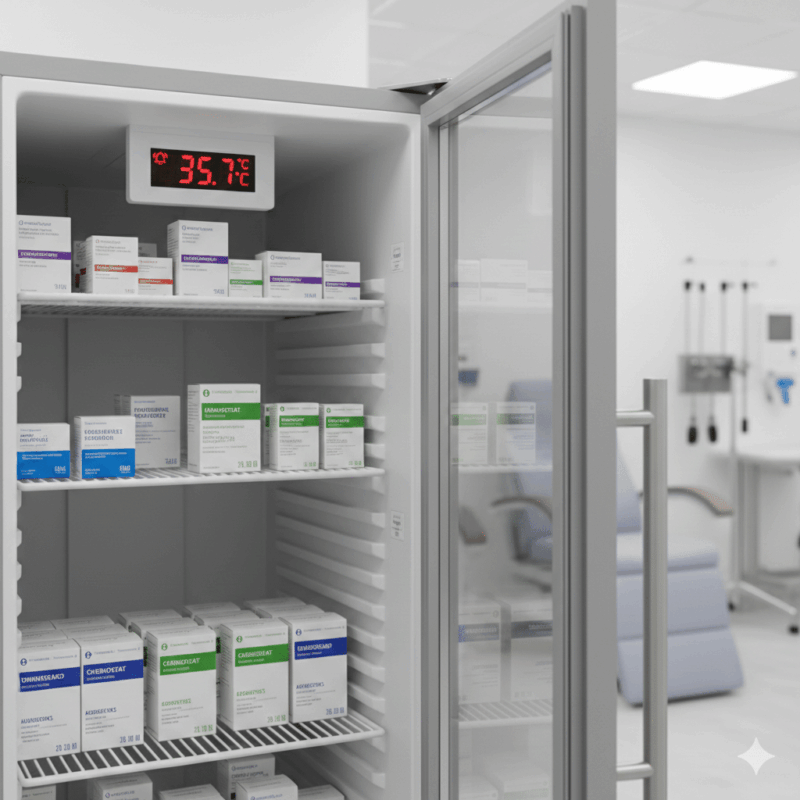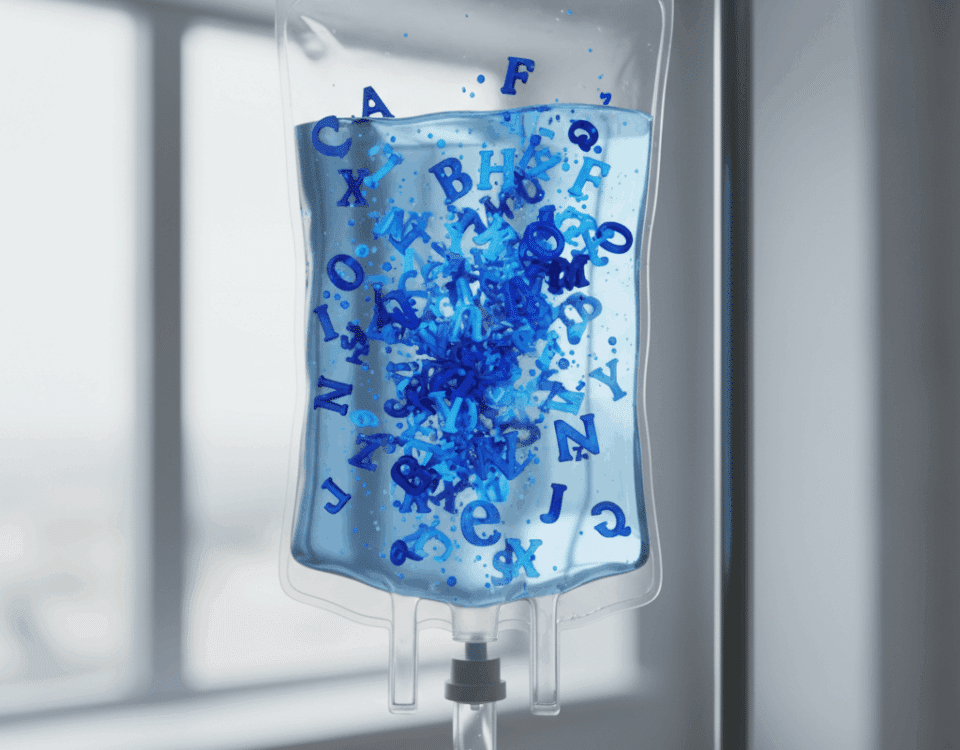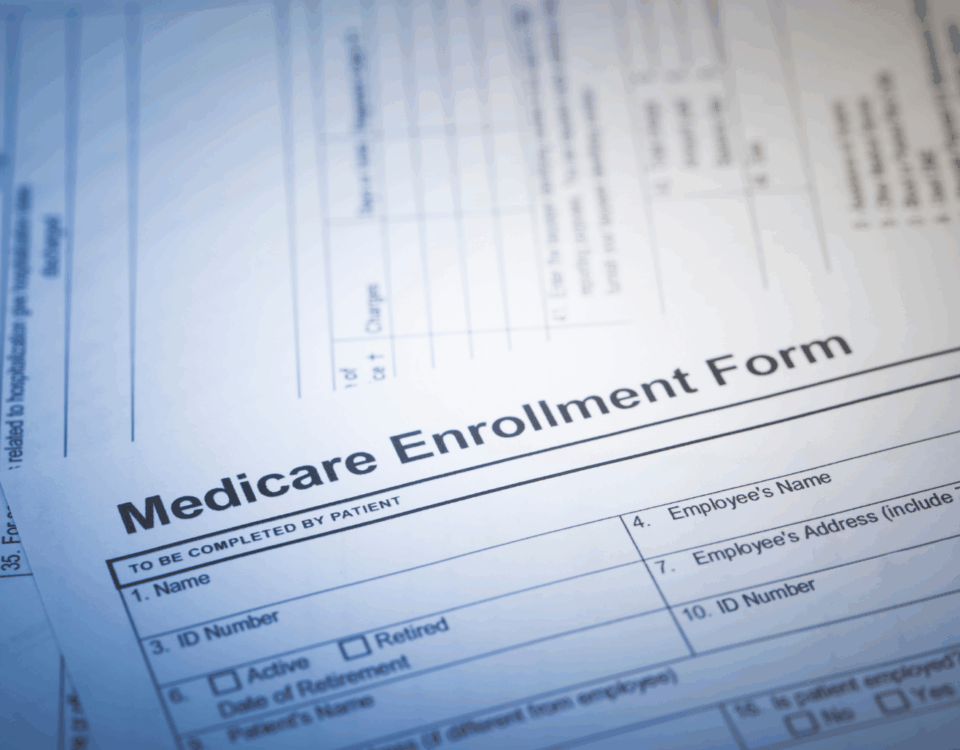Introduction: The Case of the Manic Monday
Imagine you are the nurse manager at “ACME Infusion Center.” You arrive at the clinic early Monday morning like you always do to prepare for a busy week, you take your first sip of coffee, and you turn your computer on. The phone rings from the medication room:
“Hi boss, this is Sally, RN. I came into the med room this morning and found Medication X sitting outside of the refrigerator.”
Calls like this can evoke panic, even in the most seasoned professionals. Being unprepared or underprepared for difficult events like this can result in patient service failures and significant financial loss.
They say the best offense is a good defense and an ounce of prevention is worth a pound of cure. But when the crisis hits, your team doesn’t want proverbs, they need actionable steps, sound direction, and tools.
Let’s explore how to respond effectively and, more importantly, how to mitigate some of the risks associated with an all too real situation.
Scenario: Refrigerated Medication Left Out of Fridge
Before diving into root cause analysis, safe patient care always comes first. Ask these key questions right away:
- Do we have enough properly stored medication to treat our patients today?
- Do we have any excursion data available?
- How long was the medication outside of the refrigerator?
- What was the room temperature range while the medication was out of the refrigerator?
- Where should the medication be stored while we investigate?
Murphy’s Law
It never fails that these situations always seem to happen with your first patient of the day. With that in mind, the first step is to check to see if you have additional supply of the medication for the patients’ dose(s).
- If there is enough medication on hand, proceed with that supply. Clearly label and quarantine the medication that was left out. (Do not assume that just because it was refrigerated before that you can place it back in the refrigerator. Some medications are extremely sensitive to those temperature changes, and you may be advised to keep the medication outside of the refrigerator until the manufacturer’s medical science team can provide you with accurate information.)
- Next, check available excursion data from manufacturers. Excursion data usually takes a call to the manufacturer’s medical science team. Realistically, this can take hours and days for a response, which is not conducive to the infusion workflow and timely patient care. Prepping ahead will save you time later. It is recommended to compile and maintain excursion data for all medications in your inventory. This proactive step saves hours of delay and prevents unnecessary medication waste.
What Do You Do: Communicate with Empathy
While we do our best to treat patients on that day, there are often times when we must reschedule the patient. If you must reschedule, keep communication and empathy top of mind.
Having to communicate disappointing news to our patients, especially if it’s something related to an internal error, is not something any of us want to do. When faced with this scenario, honesty, empathy, and good communication go a long way in patient understanding and trust.
If the patient is already in the clinic and must be rescheduled:
- Acknowledge the delay with the patient.
- Be transparent: explain that the delay ensures their safety.
- Take ownership on behalf of the organization. Lead with humility and take accountability for the organization.
- Include the patient in the scheduling process: offer flexible times to demonstrate respect and care.
- Follow up afterward to check in. This gesture shows that they are more than just a patient in a chair.
Fire is Out, Looking Under the Hood
After the fire is out, it’s time to dig deeper. So many valuable lessons can be learned about our systems by looking under the hood right after an event. Incorporating “Just Culture” into your organization is extremely helpful in getting to the root cause of the issue, along with identifying other possible confounding variables. It fosters a culture of shared accountability where the organization and its people are jointly responsible for their actions, focusing on identifying risks, improving system design, understanding human behavior, and advancing patient safety
Leverage Continuous Temperature Monitoring
Continuous temperature monitoring systems won’t stop someone from leaving medication out, but it does provide critical insight into temperature exposure and valuable data. Paired with a well-maintained excursion database, you’ll have the tools needed to make quick, informed decisions regarding medication stability.
Excursion Data Collection
As previously stated, having a list of up-to-date excursion data for your medications will bring you value in the future.
I’ve precepted pharmacy students for years, and I’ve had them contact manufacturers for excursion data as their rotation project. Keeping this data in an electronic format will save you so much time and money in the future.
Test, Test, and Retest
Tools like continuous temperature monitors and excursion databases are just that, tools. Tools need to be sharpened, used correctly, and training needs to occur for them to be effective. Having tools but no system or documented process in place is a recipe for confusion and failure. Below are some pointers to help you with your tools:
- Having a system in place for the following:
- alerts
- excursion data
- evaluation
- clear expectations of staff responsibility and accountability
- storage of quarantined medication
- disposal of medication if needed
- Keep an updated call tree and make sure it’s readily available for staff (most of the time, these situations do not happen during usual business hours)
- Test your continuous temperature monitoring system regularly and document to ensure that alerts go out and that your team knows what process to follow.
- Establish a process for when to change sensor batteries and when to test the battery backups for all sensors.
- Establish a process to calibrate temperature probes. Keep an up-to-date inventory of your sensors and create a system to change out the probes when necessary.
- Establish a process to extract monitoring system data.
- Establish a process to evaluate excursion data annually and with new inventory.
- Establish a process to evaluate the product quality and review excursion data prior to use.
- Document and track excursion events and have a team member certified in Just Culture to evaluate any issues that arise and report findings to leadership.
Medication excursions happen, even to the best teams. What matters most is how we prepare for them. With the right data, processes, and a culture of accountability, a ‘Manic Monday’ can become a story of resilience instead of regret.
About The Author
Andra Tisdale, PharmD is the Director of Clinical Programs and Quality Assurance at Palmetto Infusion Services. She has more than 18 years’ experience in Ambulatory and Home Infusion.




